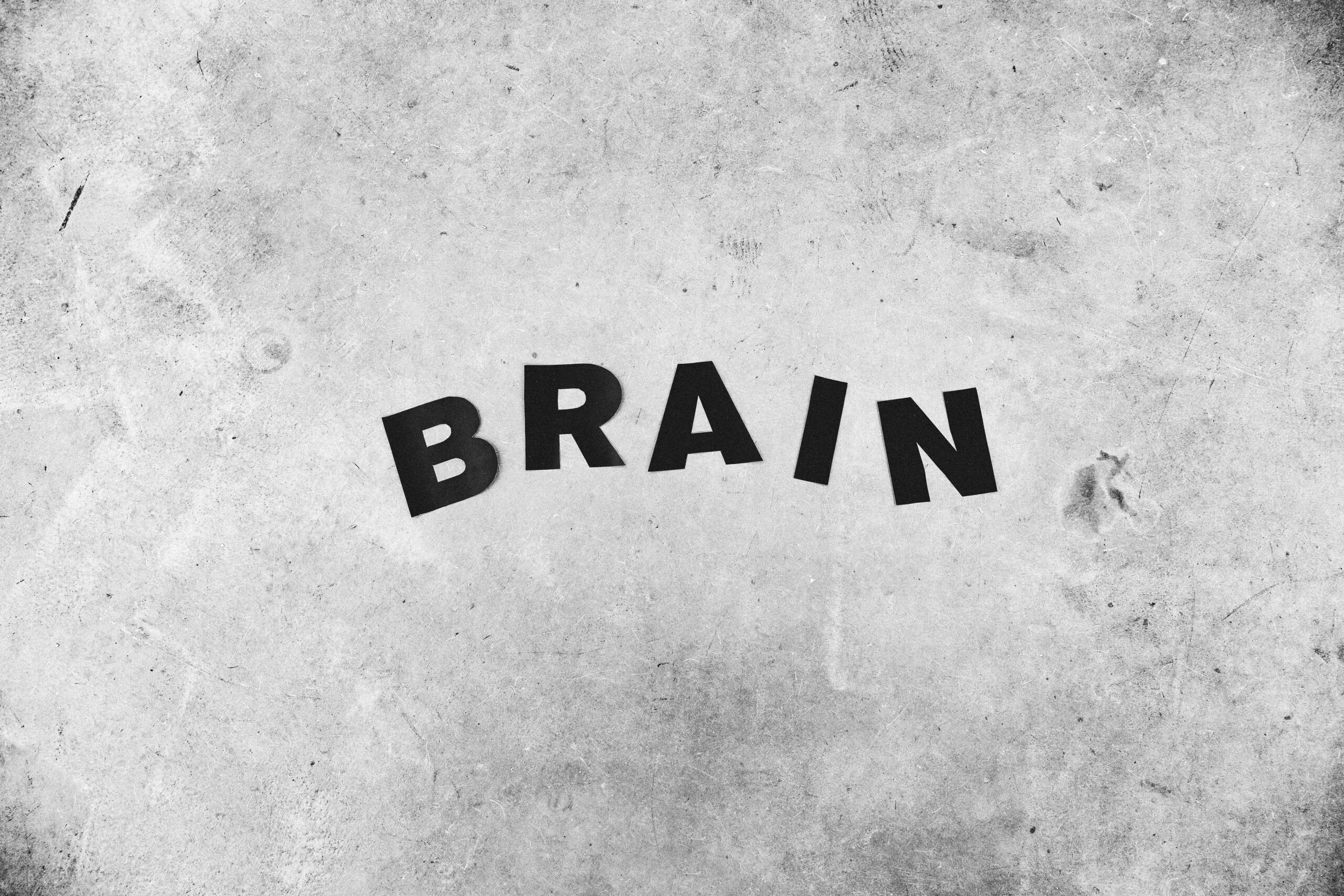Fight, Flight, Freeze, and Fawn Trauma Responses.

April 7, 2024
When we are able to understand the reasons for the ways that we respond to traumatic scenarios, it is often empowering, and the first step towards shifting unwanted behaviours. All reactions to traumatic situations are ‘normal’ responses, as we are reacting to an abnormal event. Some common responses to trauma are the fight, flight, freeze, and fawn responses. This blog post is going to review what characterizes each of these trauma responses, how they present in individuals, and how some of these behaviours can also persist after the event has taken place.
Fight
This response is an instinctual reaction to remain in a situation and fight. This can develop from a survival instinct to continue to fight for survival. When faced with a traumatic situation our reactions are often not things that we consider, and often we do not know how we will react. The “fight” response may vary depending on what situation you are being faced with. When our nervous systems sense a threat, the reaction is often involuntary while a traumatic event occurs. When one experiences repeated exposure to trauma, it can cause our sympathetic nervous system to respond by assuming a trauma response to events that are not necessarily traumatic. This may result in individuals feeling trapped or having to fight for their safety, even when they are not being threatened
Flight
Again, this is an instinctual reaction to trauma and is the act of actively leaving or removing oneself from a traumatic environment or scenario. When faced with a traumatic situation, we often do not have time to consider the various options being presented, and rather react instinctually. This response can result in people actively escaping a scenario, either due to their automatic reaction or if there is no option to “fight”. The instinctual feeling to escape a scenario can also emerge following the traumatic event as an automatic reaction to stressful situations.
Freeze
This is when our reaction and neurological networks essentially “check out” temporarily. When presented with a traumatic situation that shocks the nervous system sometimes no response follows, this response presents as “freezing”. The “freeze” response is another way that our bodies protect themselves when faced with scenarios that are too much for the nervous system to deal with. Following traumatic situations, this response can also present in everyday life, when not faced with an immediate threat. When the body is faced with a scenario that seems as though it might cause a stress response, we may shift to a place of freezing when it is not necessary.
Fawn
More recently “fawn” has been recognized as a more long-term response to trauma, and how individuals may react in traumatic situations. The idea of the “fawn” response is for the individual to create a safe place for themselves. They attempt to achieve this by appeasing and trying to make the other individual happy. When faced with various traumatic situations, typically interpersonal situations, safety is maintained by attempting to keep the other individual inflicting trauma as happy as possible. The traumatized individual may feel as though they can gain a sense of control by eliminating the traumatic events, reducing the frequency of these events, or appeasing to make the other individual happy. This response can present following traumatic events as continued people pleasing, which is the learned behaviour following a traumatic situation.
Learning about responses to trauma can help us to better understand why we may have reacted a specific way during a traumatic event. It can also help us to understand how some of the current behaviours that we engage in may be linked to traumatic events. Once we are able to understand where our behaviours are coming from, it becomes easier to develop tools and strategies to navigate unwanted behaviours. If you feel that you would benefit from talking to a professional following a traumatic event, please check out the trauma counsellors at Virtual Connect. Some of the counsellors are also registered with CVAP in BC (Crime victim assistance program), and VQRP in Ontario (Victim quick response program).
Are you interested in seeing how counselling could help? Click here to see the Counsellors at Virtual Connect.
We have some of books that you might like to support with trauma recovery.
A practical guide to complex PTSD: Compassionate strategies for healing childhood trauma.
The Myth of Normal: Trauma, Illness and Healing in a Toxic Culture
What happened to you? Conversations on Trauma, Resilience, and Healing.
Disclaimer
Some links listed in this blog are affiliated with Amazon.ca, where Virtual Connect earns small monetary compensation from purchases, with no extra cost to you.
Legal
© Virtual Connect 2025